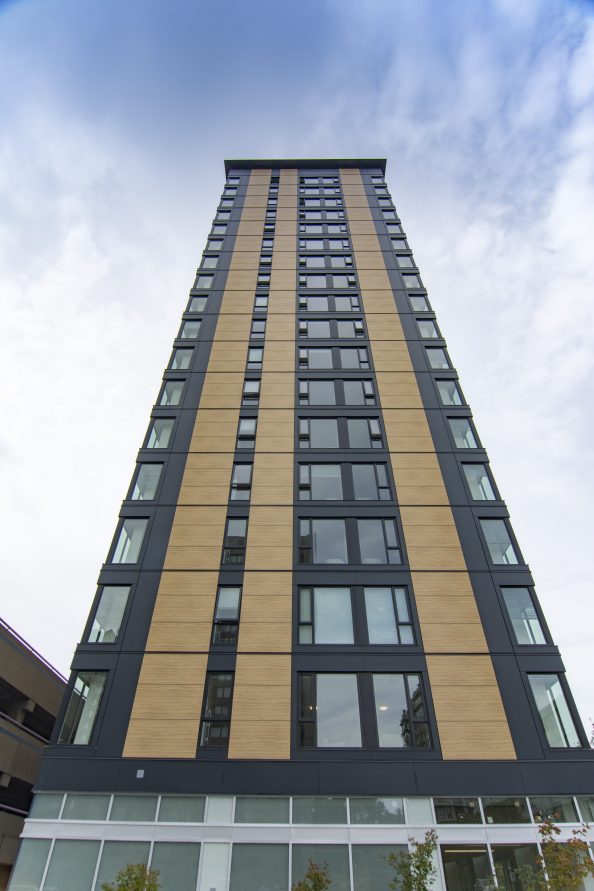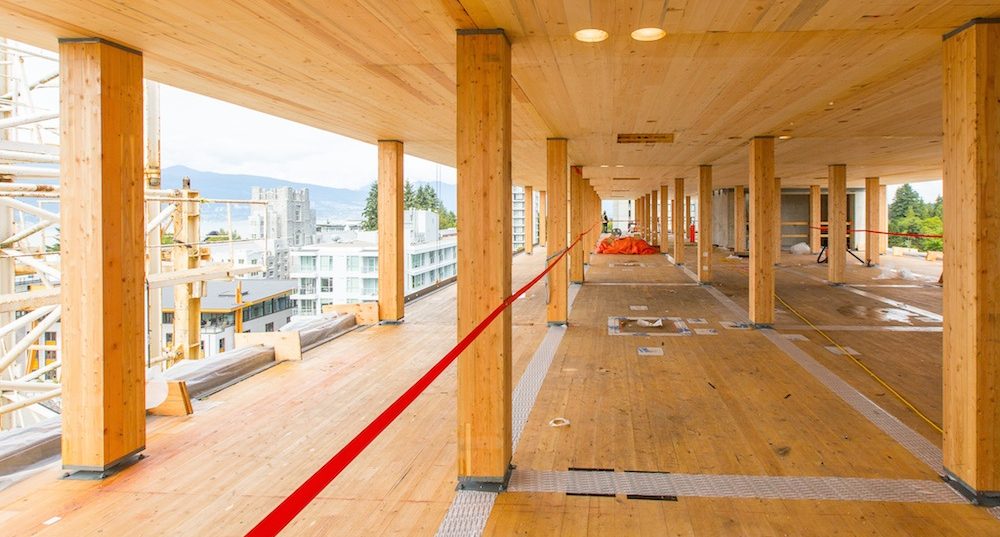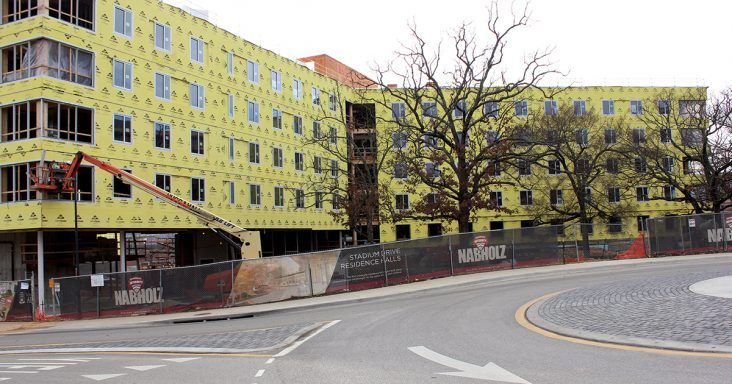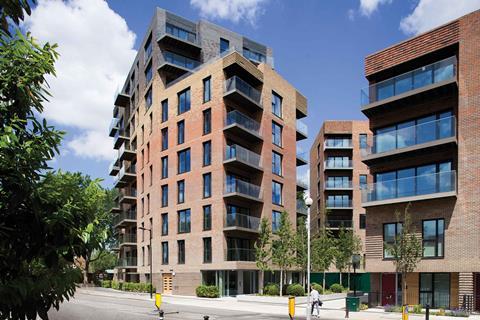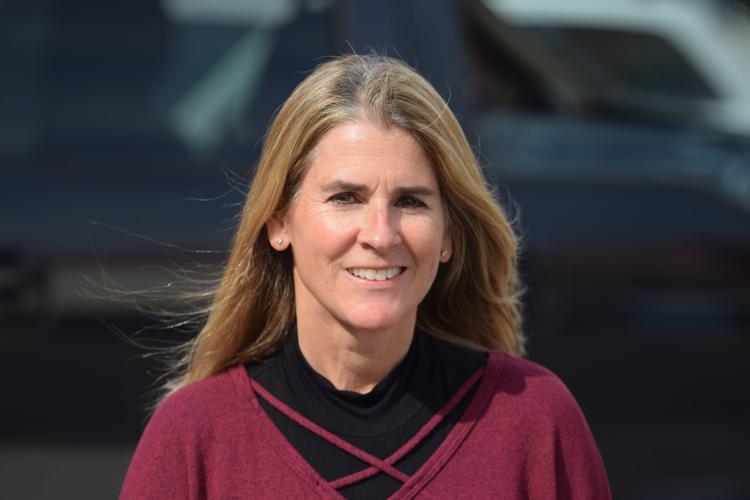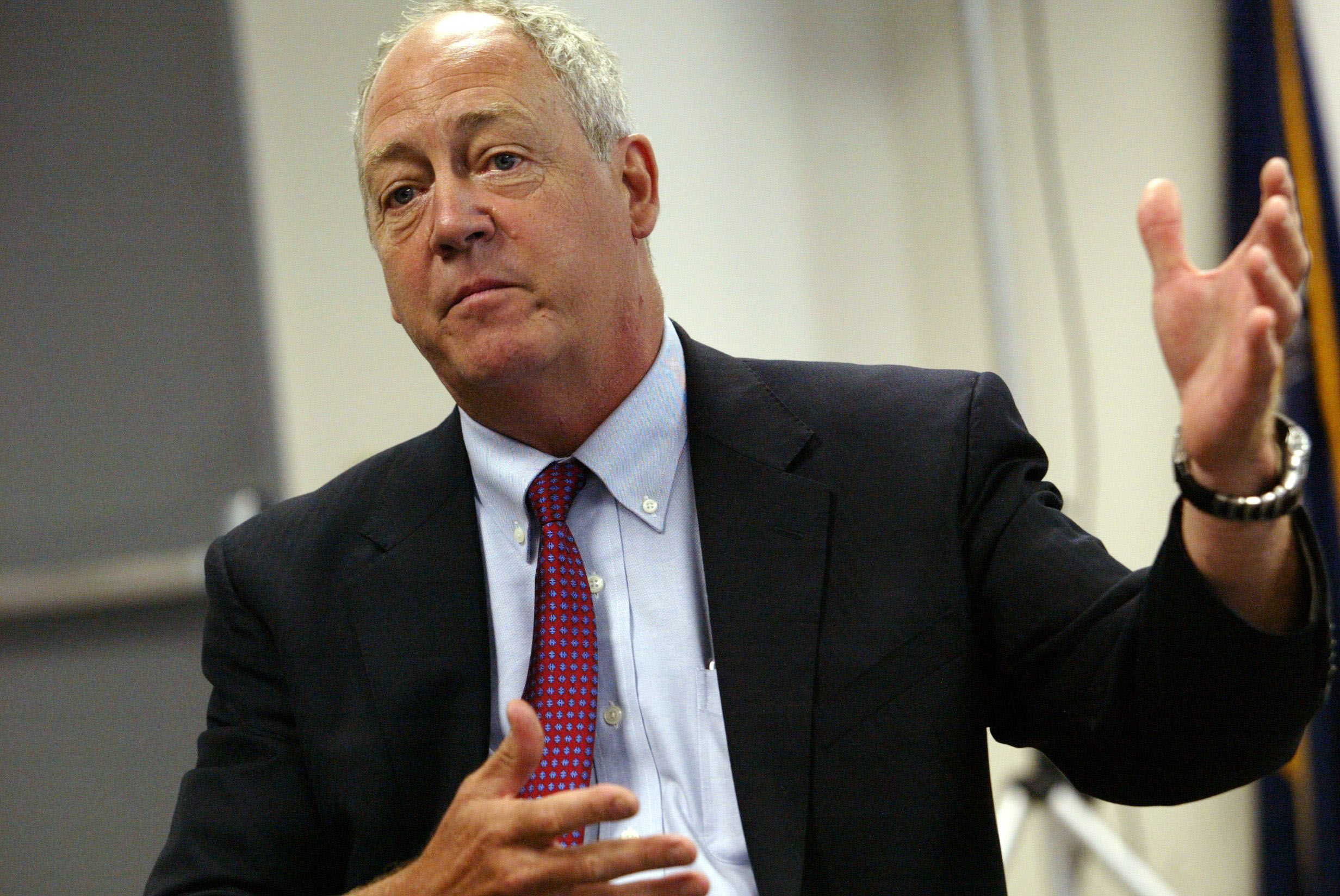 The BC Government’s decision to double the height limit for wood buildings—ahead of next year’s scheduled change to the national building code—gets kudos from the forest industry and the building and design community. In related news: the first large-scale mass timber residence hall opens in Arkansas; Lendlease puts its CLT plans on hold in the wake of the UK’s combustible materials ban; and BC’s newest sawmill plans to produce engineered wood products from low grade logs.
The BC Government’s decision to double the height limit for wood buildings—ahead of next year’s scheduled change to the national building code—gets kudos from the forest industry and the building and design community. In related news: the first large-scale mass timber residence hall opens in Arkansas; Lendlease puts its CLT plans on hold in the wake of the UK’s combustible materials ban; and BC’s newest sawmill plans to produce engineered wood products from low grade logs.
In other news: US construction input prices rise for first time since October; conservation of boreal caribou get a boost in the Northwest Territories; clearcuts among reasons cited for BC’s monster spring floods; the US moves to lift grey wolf endangered species status; and Trump’s 2020 wildfire budget is the largest ever [or perhaps not].
Finally, Vancouver’s ‘email a tree‘ initiative wins gov’t waste award.
Kelly McCloskey, Tree Frog Editor




